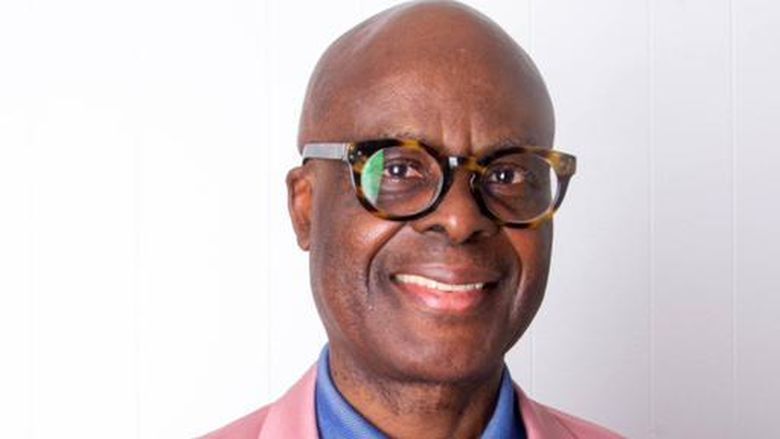UNIVERSITY PARK, Pa. — Ivan A. Esparragoza, associate professor of engineering at Penn State Brandywine; Sherry Roush, associate professor of Italian in the College of the Liberal Arts; and Rebecca A. Strzelec, associate professor of visual arts at Penn State Altoona, have received the Alumni/Student Award for Excellence in Teaching and have been named 2009 Penn State Teaching Fellows.
The Penn State Alumni Association, in conjunction with undergraduate and graduate governing bodies, established the award in 1985. It honors distinguished teaching and provides encouragement and incentive for excellence in teaching. Recipients are expected to share their talents and expertise with others throughout the University system during the year following the award presentation.
Esparragoza, who oversees the majority of engineering students at Penn State Brandywine, is cited for incorporating inquiry-based research experiences into his introductory-level courses and providing a global/international collaborative experience for his students. Under his direction, engineering students from the campus have connected with students at 11 universities in seven different countries in Latin America on a global design project.
A member of the campus faculty since 2001, Esparragoza is a recipient of the Brandywine Advising and Mentoring Award presented annually “for efforts in helping others to achieve their potential.” He also serves as academic adviser to the campus Engineering Club, which earned the opportunity to represent Penn State at the National Rube Goldberg Machine Contest in Spring 2008.
“While Professor Esparragoza is always working to improve his classroom presentations,” one nominator wrote, “he also is extremely imaginative in developing out-of-class experiences that will reinforce in-class experiences, assist retention and encourage underprepared students to persevere.”
Roush, who teaches a variety of Italian literature, language and culture courses, is recognized for her efforts to engage students through both traditional lectures and activities that provide active learning environments, and which challenge students to do their best. She encourages Italian majors to “earn their laurels” (a laurel crown that they can wear at commencement, which is an Italian university tradition) by completing a senior capstone project such as subtitling student films, tutoring homeschoolers in conversational Italian or submitting papers for publication.
Students characterize her as a “superb” instructor, noting that “everyone should have her as a teacher at some point in their college career” and that “every course should be taught this well.” Recipient of the 2004 College of the Liberal Arts Outstanding Teaching Award, she is co-founder of the Penn State Chapter of Kappa Gamma Alpha, National Italian Honor Society.
“Professor Roush,” one nominator said, “is a teacher who makes a difference in the lives of the students she teaches, and is the kind of teacher who students remember long after their Penn State careers have ended.”
A former student describes Strezelec as “a passionate and committed teacher with a high degree of technical expertise and willingness to demand that students strive for excellence.” Since joining the Penn State Altoona faculty in 2001, she has developed a number of new courses and was instrumental in the creation and implementation of the college’s four-year Visual Arts Studies degree, which she now serves as program coordinator.
Strezelec is the founding faculty adviser of the Penn State Altoona student art club, CANVASS, and currently chairs the college’s new Public Art and Design Committee. As an artist, she is internationally recognized for the wearable objects she produces, using computer aided design and rapid prototyping. Her work has been included in some of the most prestigious contemporary craft exhibitions in the United States and is included in the permanent collection of New York City’s Museum of Arts and Design.
“She sets high but realistic standards for her students,” a colleague noted, “and has clearly established a comfortable rapport with them, creating an encouraging learning environment where students are motivated both to take risks and to develop unique ways to express themselves artistically.”

